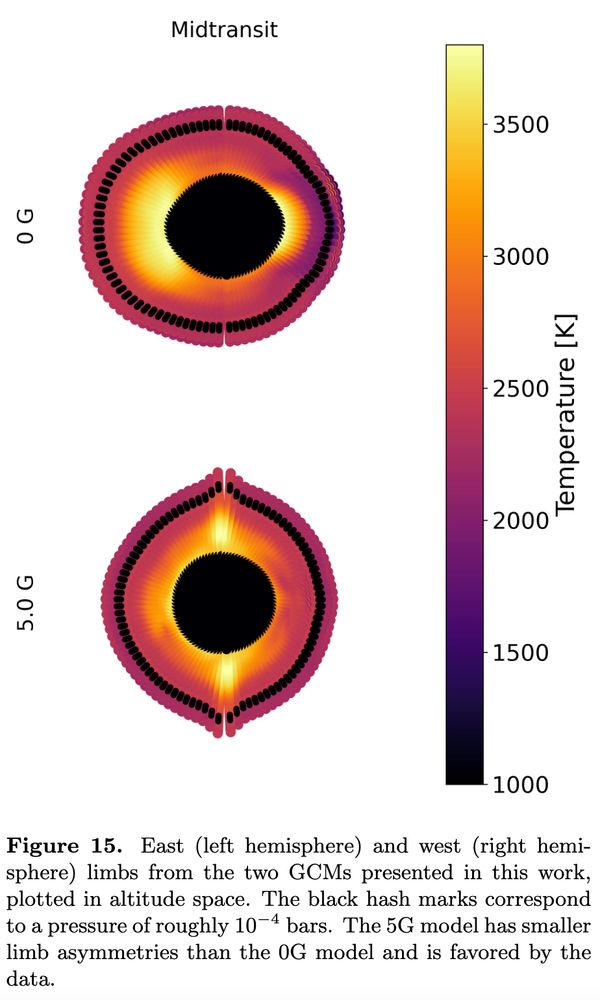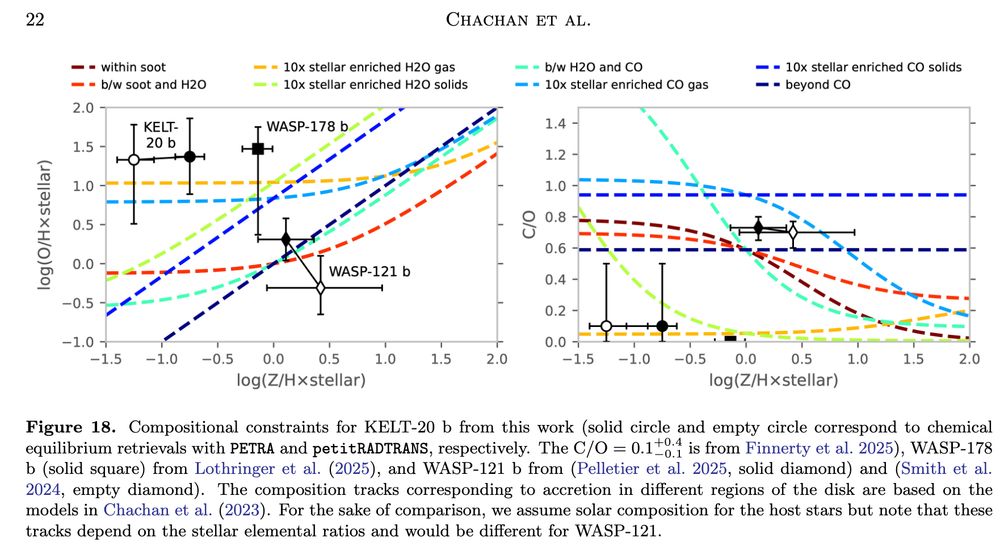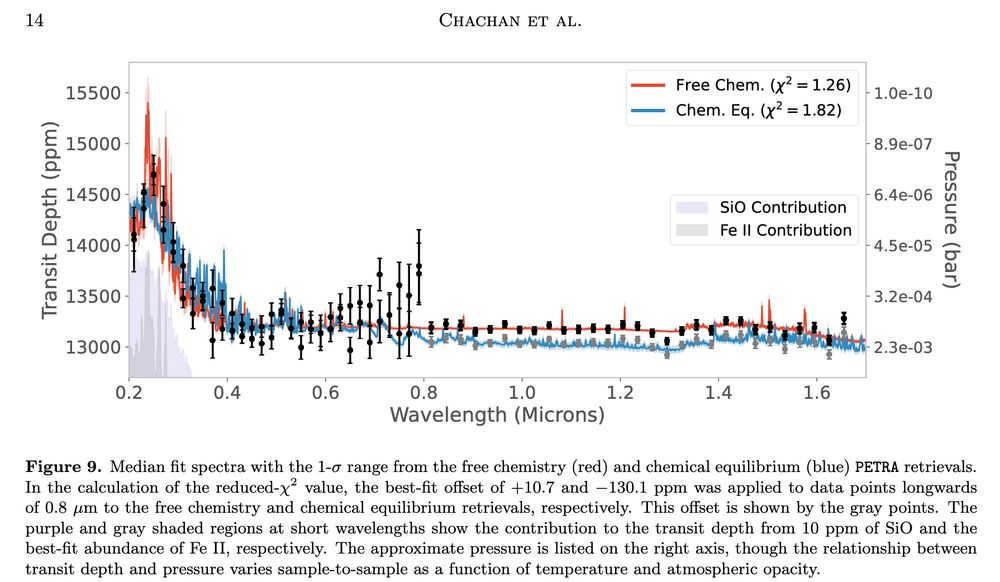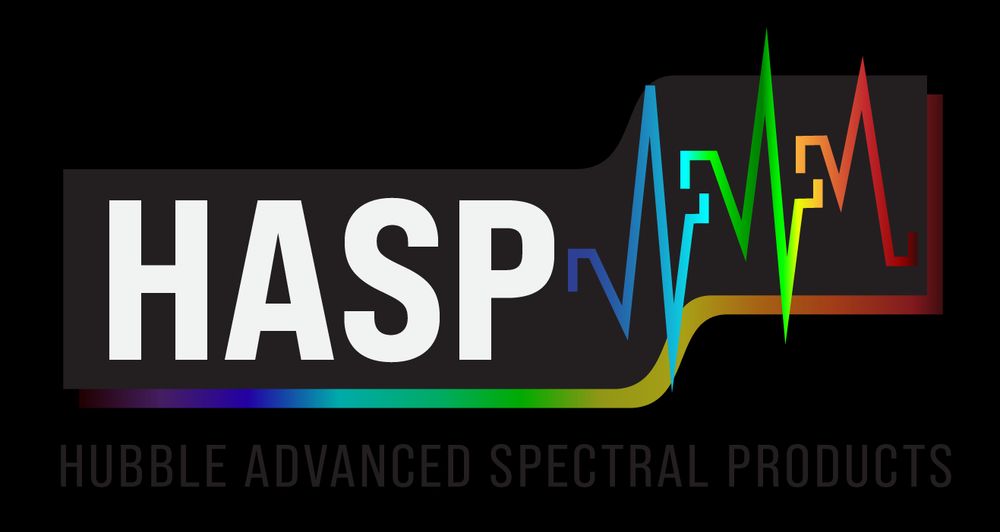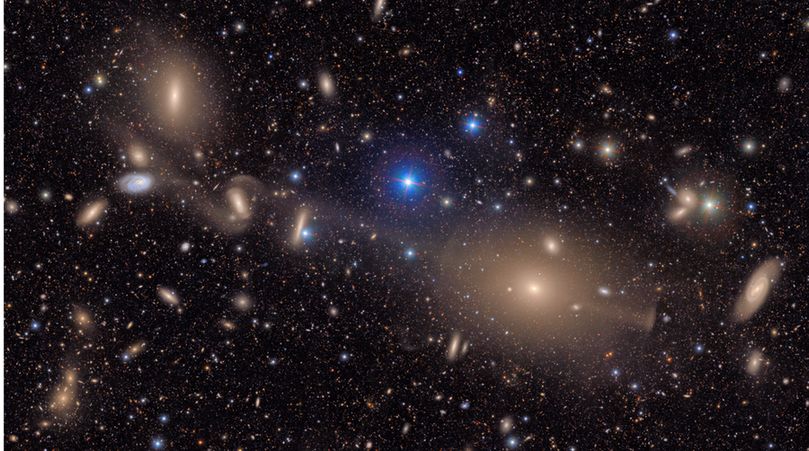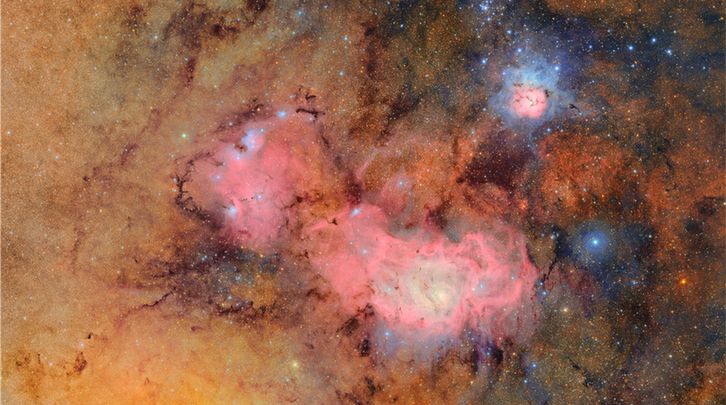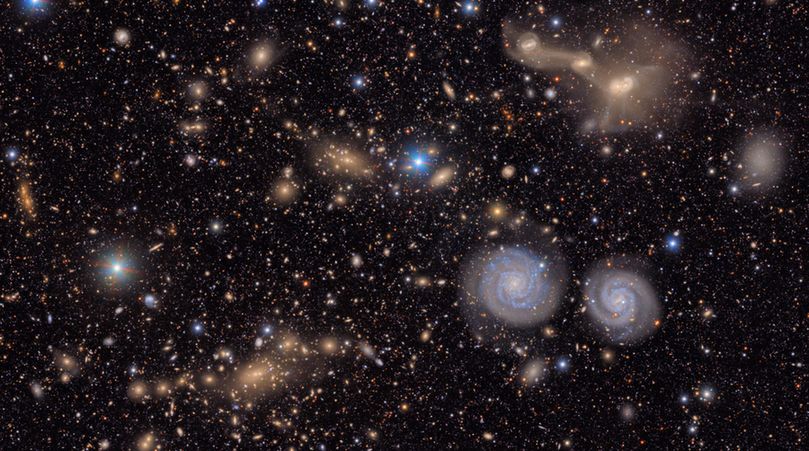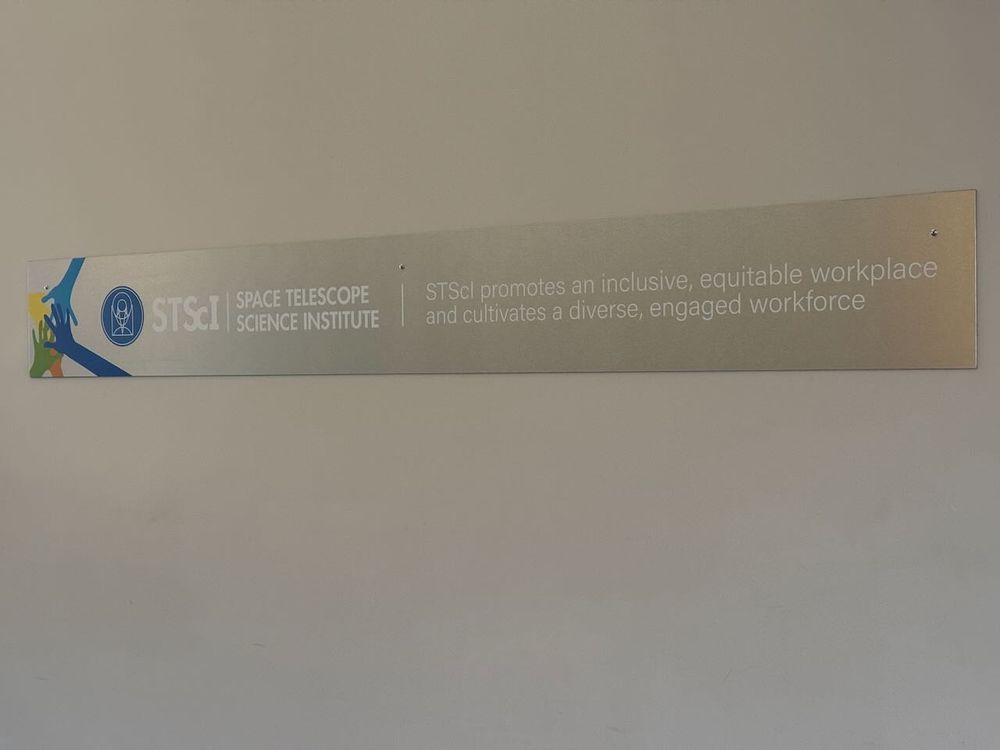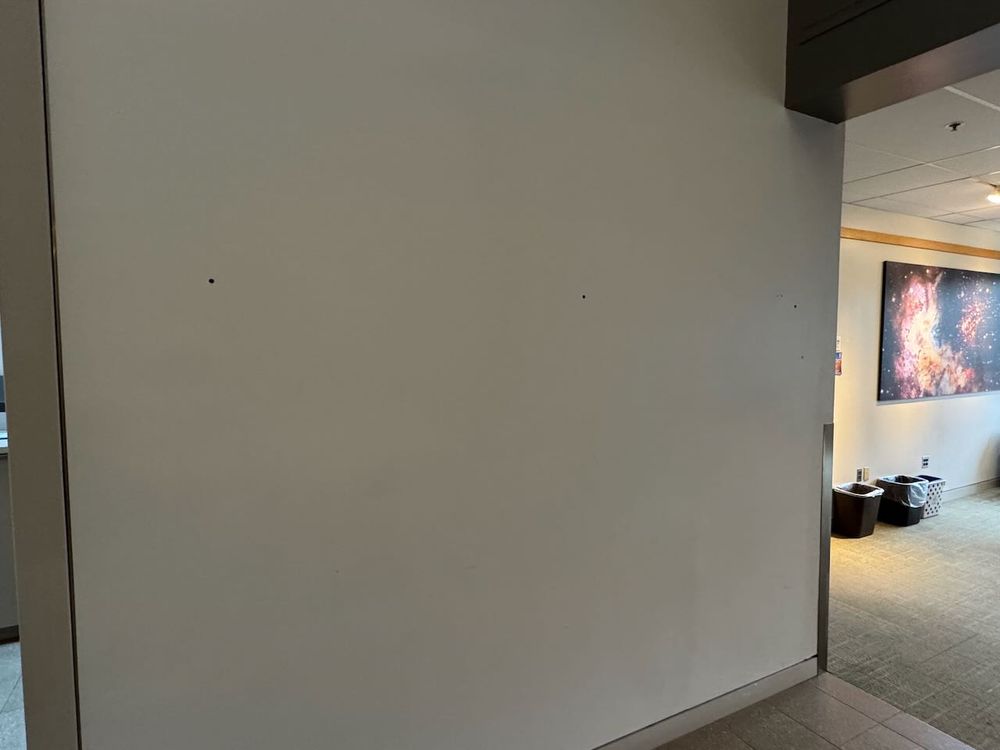Josh Lothringer
@jlothringer.bsky.social
190 followers
150 following
26 posts
Assistant Astronomer at @spacetelescope.bsky.social researching exoplanet and brown dwarf atmospheres. Opinions expressed are my own.
https://jlothringer.github.io/
Posts
Media
Videos
Starter Packs
Reposted by Josh Lothringer
Reposted by Josh Lothringer
Reposted by Josh Lothringer
Reposted by Josh Lothringer
Josh Lothringer
@jlothringer.bsky.social
· Aug 16
Josh Lothringer
@jlothringer.bsky.social
· Aug 15
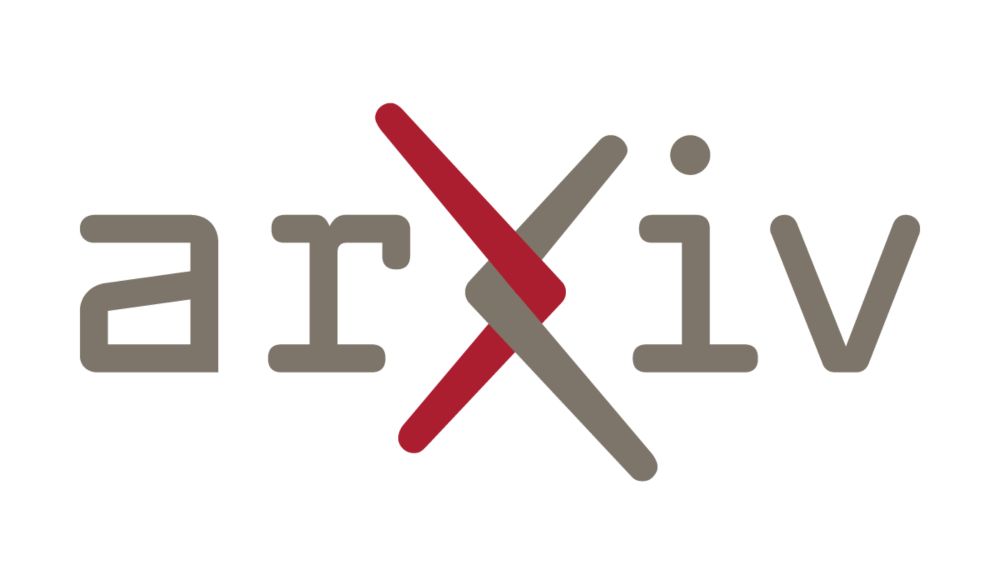
Strong NUV Refractory Absorption and Dissociated Water in the Hubble Transmission Spectrum of the Ultra Hot Jupiter KELT-20 b
Ultra hot Jupiters (UHJs) present a promising pathway for drawing a link between a planet's composition and formation history. They retain both refractory and volatiles species in gas phase in their a...
arxiv.org
Reposted by Josh Lothringer
Reposted by Josh Lothringer
Reposted by Josh Lothringer
Reposted by Josh Lothringer
Reposted by Josh Lothringer
Reposted by Josh Lothringer
Reposted by Josh Lothringer
Josh Lothringer
@jlothringer.bsky.social
· Mar 20
Josh Lothringer
@jlothringer.bsky.social
· Mar 20
Josh Lothringer
@jlothringer.bsky.social
· Mar 20






